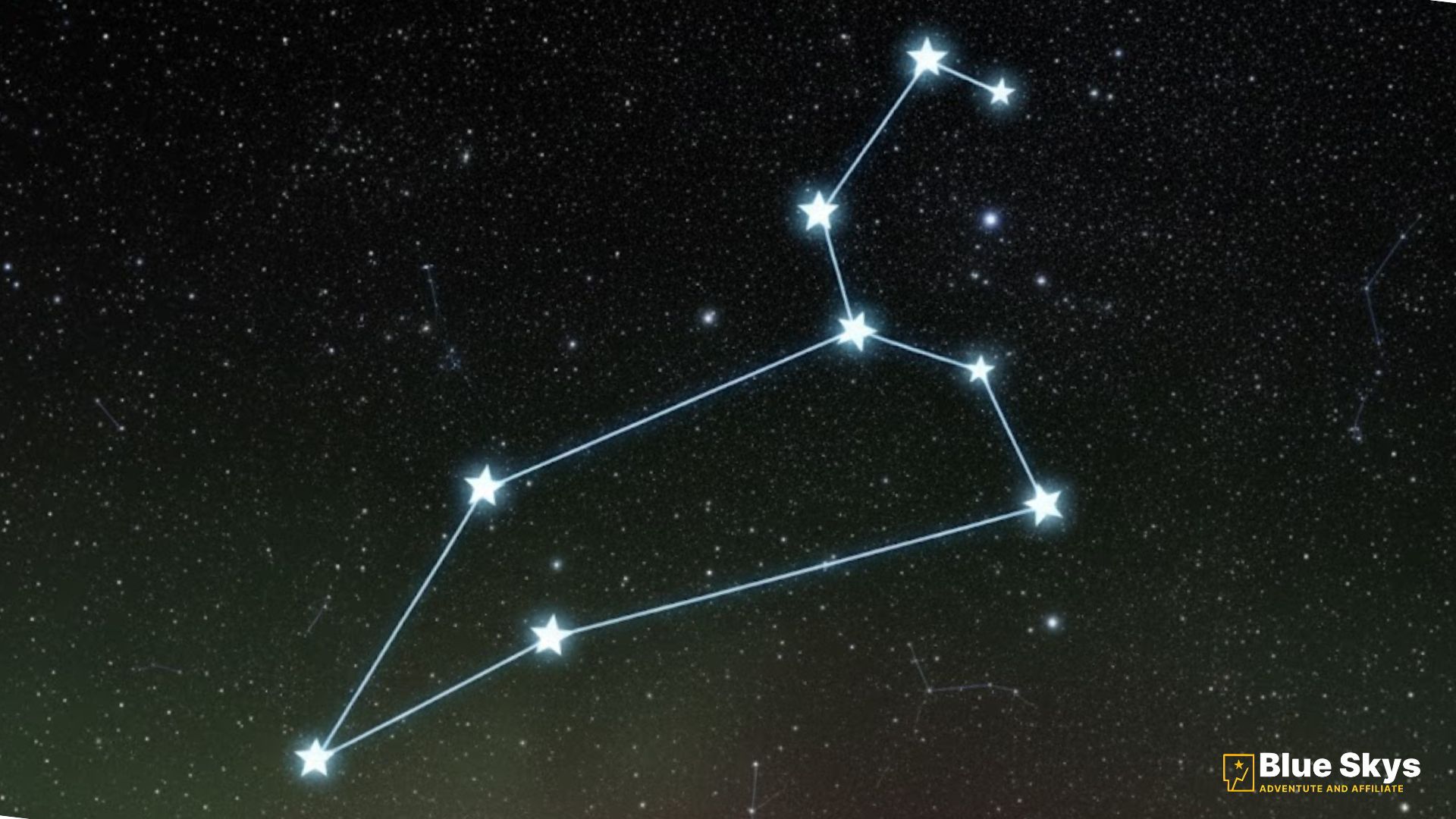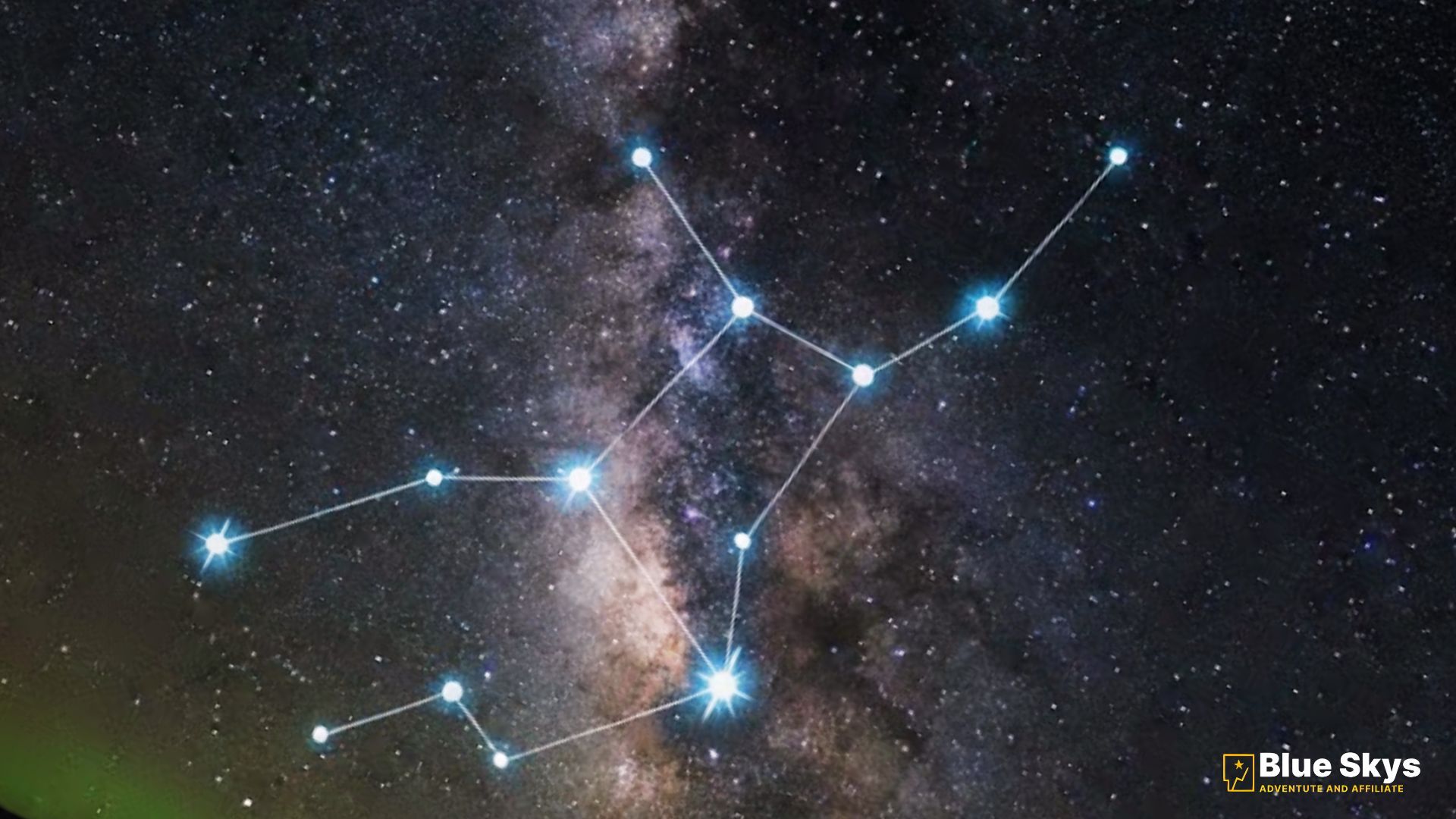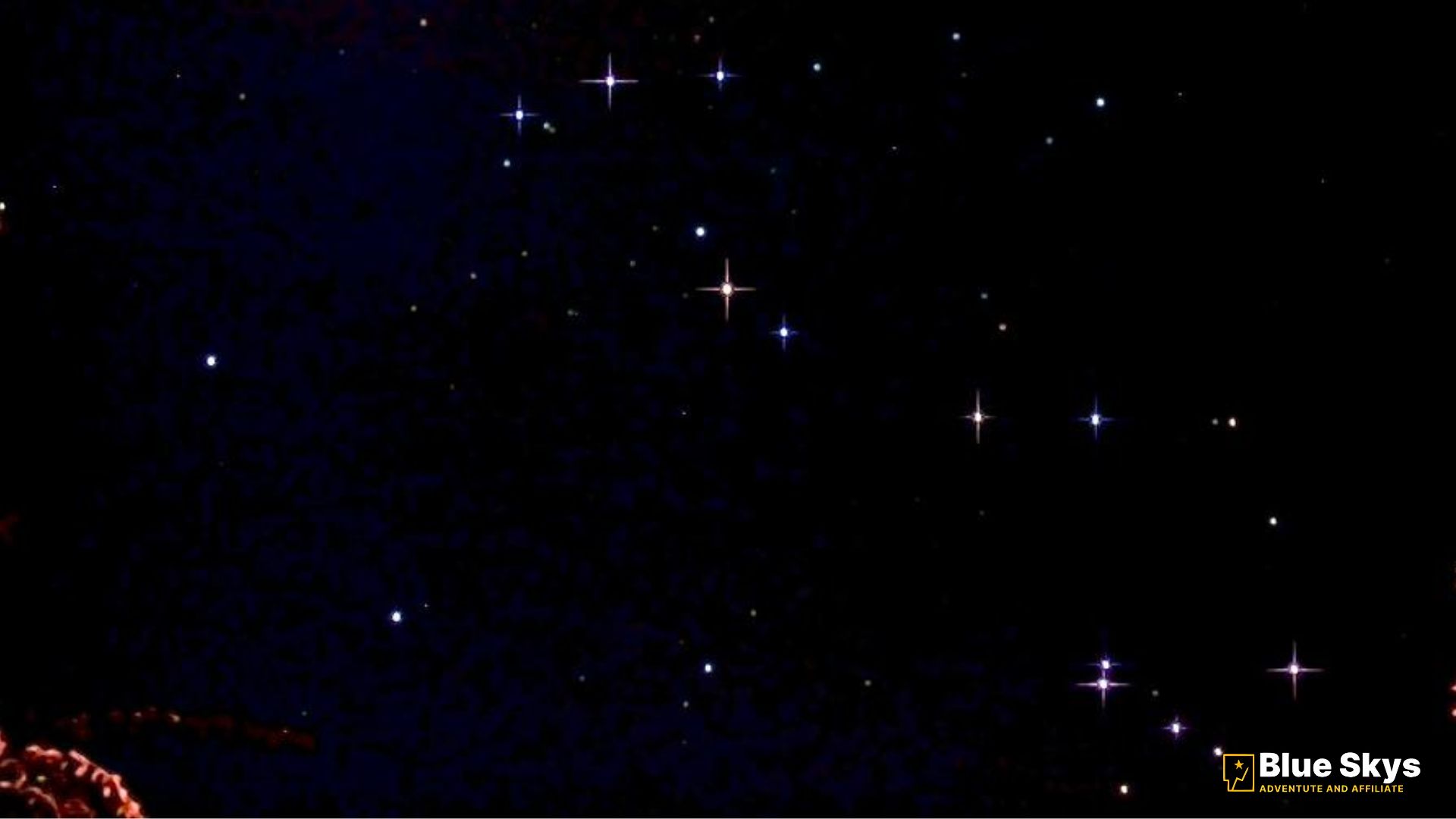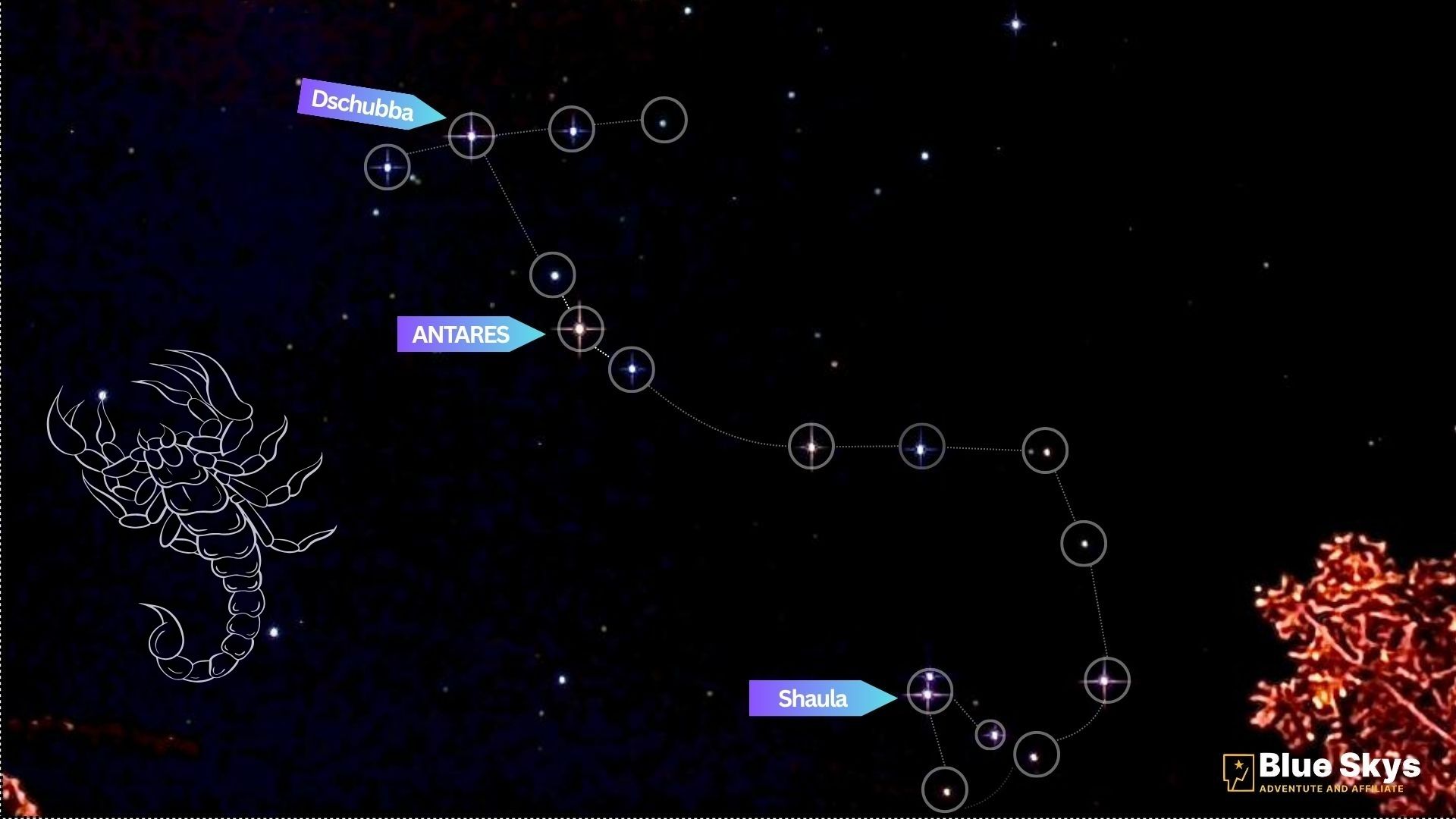Grab your coat and step outside! The Pleiades star cluster—famously known as the Seven Sisters star cluster or officially Messier 45 (M45)—is the absolute best naked-eye open star cluster you can find. It’s a favorite target for amateur astronomers across the globe, especially in the USA, UK, Canada, Australia, and New Zealand. This simple, practical guide gives you the best Pleiades stargazing tips for beginners, showing you exactly how to find the Pleiades star cluster nestled in the Taurus constellation and why your everyday binoculars give the most spectacular view of this celestial jewel in tonight’s sky.
When and Where to Look for the Pleiades in Your Night Sky
The Seven Sisters are truly global travelers, visible from almost everywhere on Earth. Knowing the best season to search is the first step to an amazing night out.
Your Best Chance to See the Pleiades: Regional Visibility
The best time to see the Pleiades depends on where you live, so here’s a quick regional check:
- Northern Hemisphere (US, Canada, UK, Europe): These sisters love the colder weather! They are predominantly a late-fall and winter object. We start seeing them rise in the autumn sky UK and North America around September, and by November, they are often visible all night long (earning November the nickname “the month of the Pleiades”). You can enjoy the Pleiades best winter sky viewing between October and March.
- Southern Hemisphere (Australia, New Zealand): For you, the cluster is more of a late-spring and summer Australia/NZ constellation. In New Zealand, the cluster’s first morning appearance marks the traditional Māori New Year, a celebration known as New Zealand Matariki and Pleiades.
Star-Hopping: Your Easy Route to the Seven Sisters
You don’t need an expensive telescope to find M45—just your eyes and a little direction! Here is the classic star-hopping for beginners trick:
- Find Orion the Hunter, perhaps the most recognizable constellation of all.
- Locate Orion’s distinct three-star Belt.
- Follow the imaginary line extending up and to the right (northwest) from the Belt stars until you run into the bright, reddish-orange star, Aldebaran (the eye of Taurus).
- Continue roughly two fist-widths further past Aldebaran, and that shimmering, misty patch is the Pleiades.
Quick Peek: Pleiades Cluster Coordinates for Advanced Observers
If you’re using a Go-To telescope or a precision sky-charting app, here are the vital coordinates for the center of the cluster. Use this data to determine the cluster’s current Pleiades altitude and azimuth tonight from your specific location.
| Parameter | Value |
|---|---|
| Constellation | Taurus (Tau) |
| Messier Designation | M45 (NGC 1432) |
| Type | Open Star Cluster |
| Apparent Magnitude | V ~ 1.6 |
| Right Ascension (RA) | 03 Hours 47 Minutes |
| Declination (Dec) | +24° 07′ |
| Distance | ~ 440 light-years |
Understanding the Pleiades Right Ascension (RA) and Declination (Dec) is crucial as these function as the celestial longitude and latitude, allowing you to pinpoint the cluster with any star chart or computerized telescope.
Why Binoculars Offer the Best View of M45 (And Why to Skip the Telescope)
Here’s the secret every astronomer knows: when it comes to the Pleiades, less magnification is more. This cluster is huge—about four times the diameter of the full Moon—meaning high-powered telescopes often zoom in too much, making the view feel empty.
Binoculars are Your Ideal Tool
The Pleiades is one of the best binocular stargazing targets in the sky.
- Your Gear: A basic pair of 10×50 binoculars (or similar) is all you need. They provide the perfect wide field show Pleiades cluster, instantly transforming that hazy smudge into a spectacular swarm of dozens of glittering stars.
- What You’ll See: With steady binoculars and dark skies, you can spot the subtle blue color of the young, hot Pleiades B-type stars. If your skies are dark enough, you may even pick up the faint, ethereal bluish haze of the reflection nebula surrounding the cluster—a must-see feature!
Latest Discoveries: Telescopes and Advanced Findings
Telescopes are better reserved for studying the cluster’s fine details. Researchers using instruments like the Gaia spacecraft and the Hubble telescope constantly refine our knowledge. The current study on its internal star population, including the number of binary systems, is part of the exciting Pleiades cluster latest research Gaia 2025.
The Neighborhood Watch: Pleiades vs. Hyades
Once you get familiar with Taurus, you’ll notice another large star group nearby: the Hyades. Knowing the Pleiades and Hyades comparison is essential for sky-hopping in this region:
- Hyades: This is the V-shaped face of the Bull, much older, closer (around $150$ light-years), and far more spread out.
- Pleiades (M45): This cluster is much tighter, younger (~ million years old), and further away. If you know the difference between Pleiades and Hyades clusters, you’ll never mistake the two!
Why Mythology Says Seven, But You Only See Six
It’s one of the most persistent mysteries in the sky: Why only six stars are visible in the Pleiades when they are called the Seven Sisters?
This mystery is rooted in history. In Pleiades Greek mythology explanation, the sisters (Alcyone, Maia, Electra, Merope, Taygeta, Celaeno, and Asterope) were saved from the hunter Orion by being placed in the heavens. But the story of the “lost Pleiad star” is found across many cultures.
The simple astronomical answer is that while seven are dominant, only six are easily visible to the naked eye under typical conditions. The brightness and color of the Pleiades star magnitude and color of the dimmer stars, combined with light pollution, make spotting the seventh a fun challenge!
Your Next Stargazing Target: Final Thoughts and Expert Tips
You now possess the authoritative, actionable guide needed to successfully find and observe M45.
The Pleiades cluster (M45) is a stunning spectacle and the perfect first target for any night-sky explorer. We encourage you to seek out the faint, bluish Pleiades reflection nebula if you live under dark skies—it’s the cluster passing through a cold, dusty region of space, reflecting the brilliant blue light of its young Pleiades B-type stars.
So find Orion’s Belt, follow the pointer to Aldebaran, and locate the beautiful Seven Sisters. The next clear night you have, follow our tips on how to find the Seven Sisters with the naked eye and discover why this stellar swarm has captivated observers for millennia. Use this guide to jumpstart your astronomical journey—the night sky is waiting!





